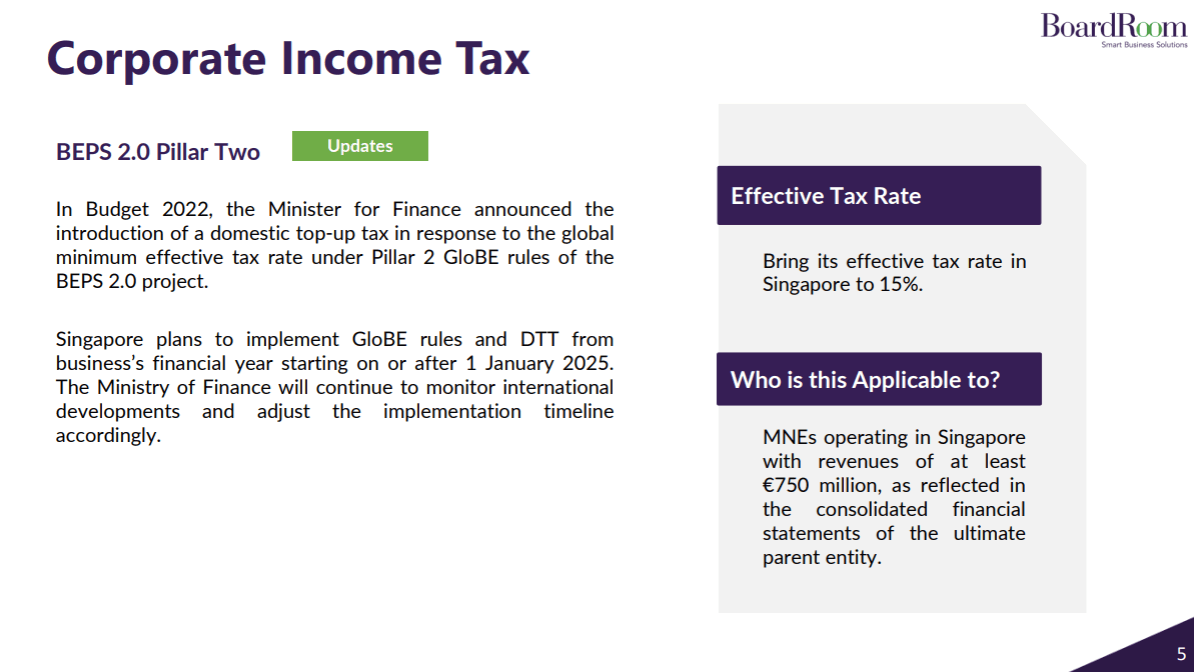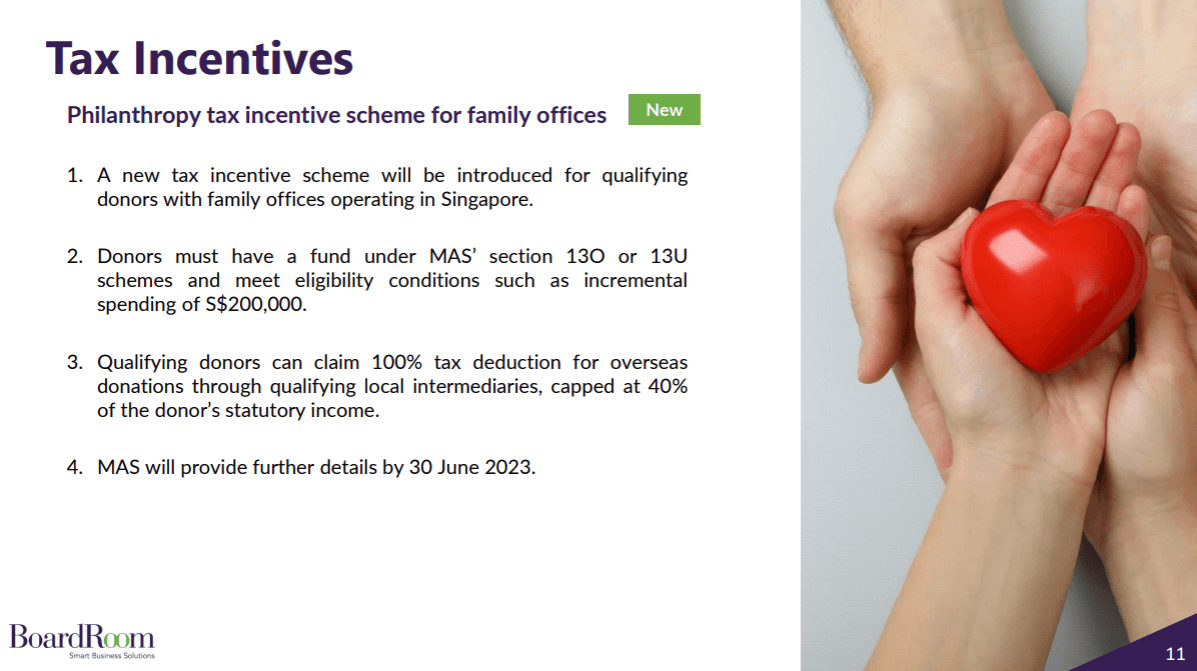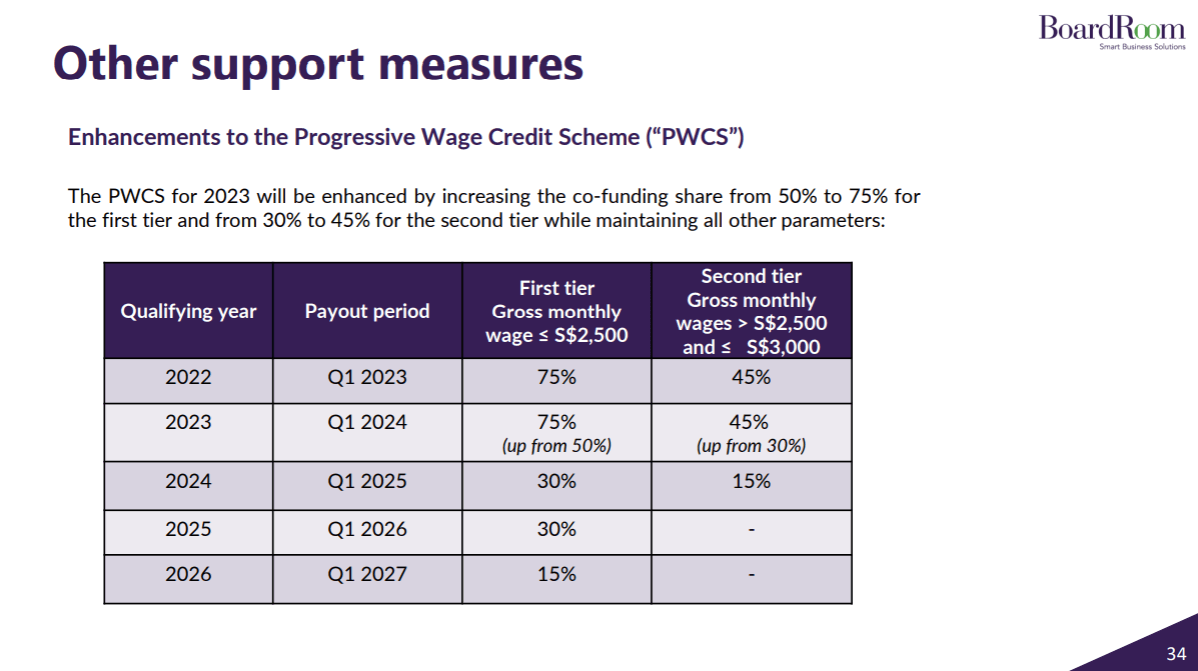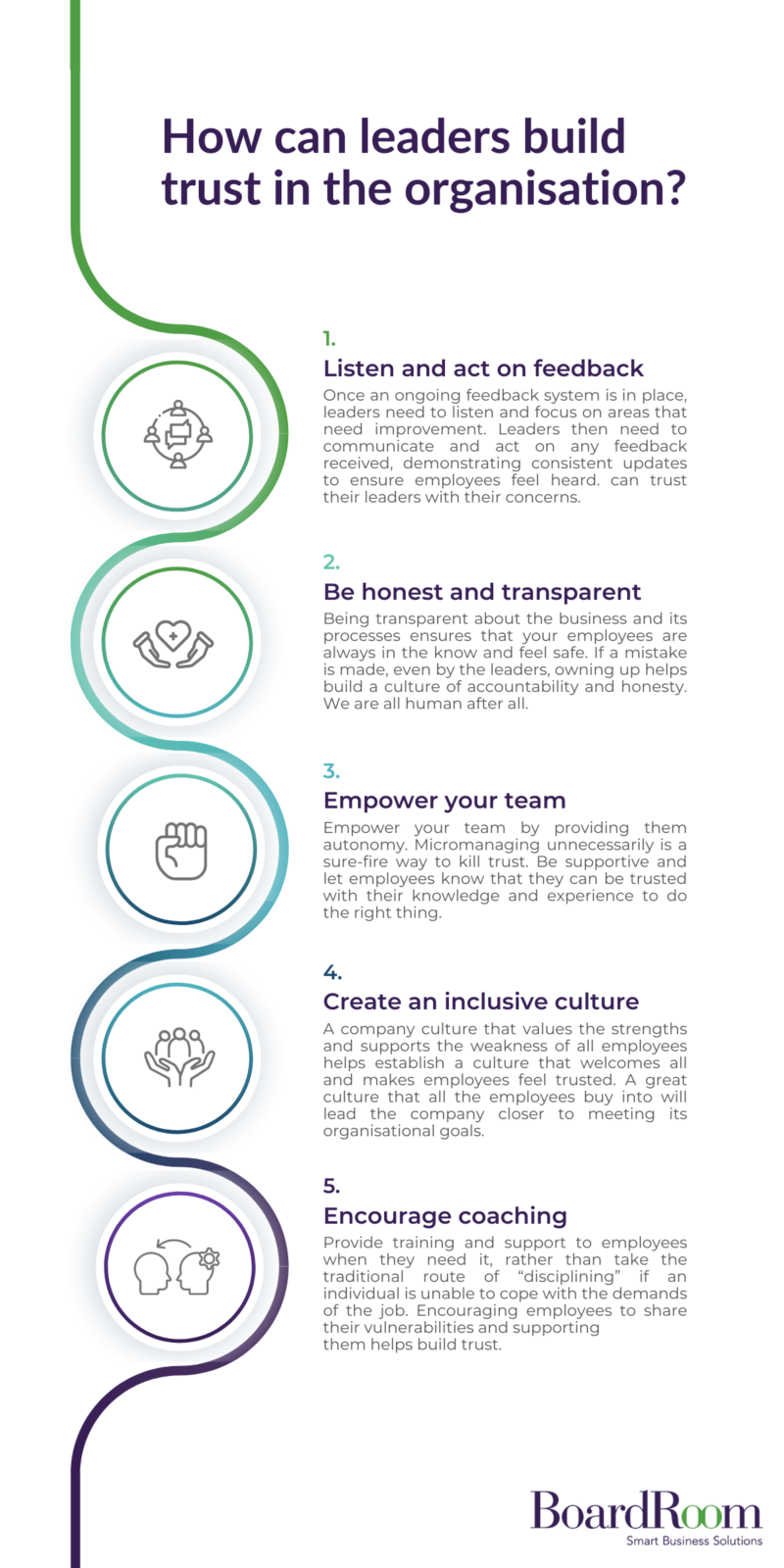As Singapore moved into a post-pandemic era, the Singapore 2023 Budget focused on building capabilities and seizing opportunities in a new era of global development. The budget centred on 3 key thrusts – growing the economy, strengthening social compact and building collective resilience. We’ve summarised the key changes that you’ll need to be aware of, in order to maximise the benefits for your company.
To discover insights and updates on the tax incentives announced that will implicate your tax planning, download our Singapore 2023 Budget Report.
If you have any questions relating to the information contained in this report, please contact our tax advisors via email or call us at +65 6536 5355.
Corporate Income Tax

Philanthropy tax incentive scheme for family offices

Increase in Buyer’s Stamp Duty rates

Enhancements to the Progressive Wage Credit Scheme (“PWCS”)

Related Business Insights
-

05 Apr 2024
What Are the Key Benefits of Outsourcing Accounting Services?
Explore the advantages of engaging BoardRoom’s accountancy services, a leading accounting firm offering tailored …
READ MORE -

05 Apr 2024
What Factors Should Businesses Consider When Choosing the Right Accounting Firm?
Explore key factors for choosing the right accounting firm. Partner with BoardRoom for the best financial managemen …
READ MORE -

22 Mar 2024
ESG Reporting Essentials – Your Guide to ESG Reporting in Singapore
Boost transparency and build trust with comprehensive sustainability tracking and ESG reporting solutions. …
READ MORE


























